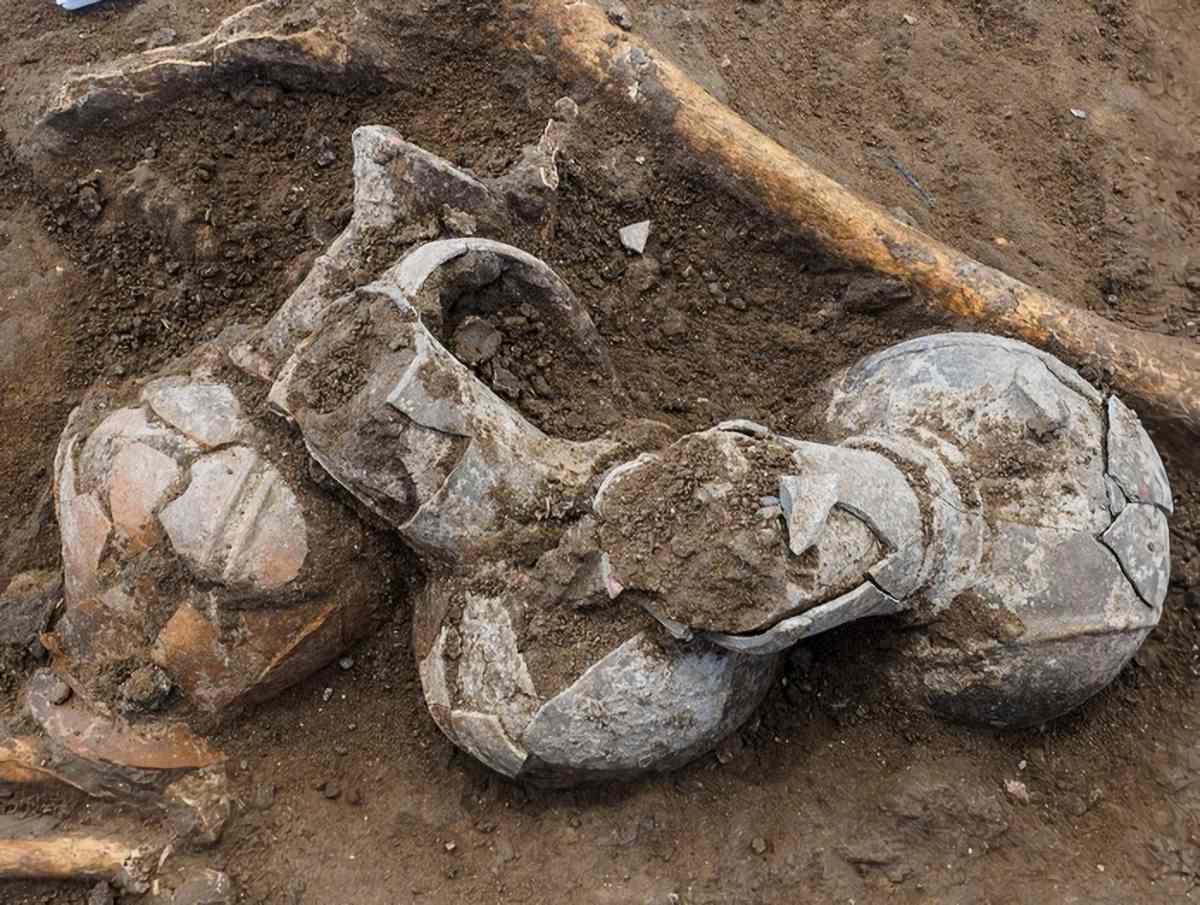Oldest Evidence of Opium Consumption Dates Back to 3,500 Years
Around 3,500 years old, the burial containers from Tel Yehud provide the earliest definite evidence of opium usage, and the earliest proof of drug hallucinogen usage ever.

Around 3,500 years old, the burial containers from Tel Yehud provide the earliest definite evidence of opium usage, and the earliest proof of drug hallucinogen usage ever.

